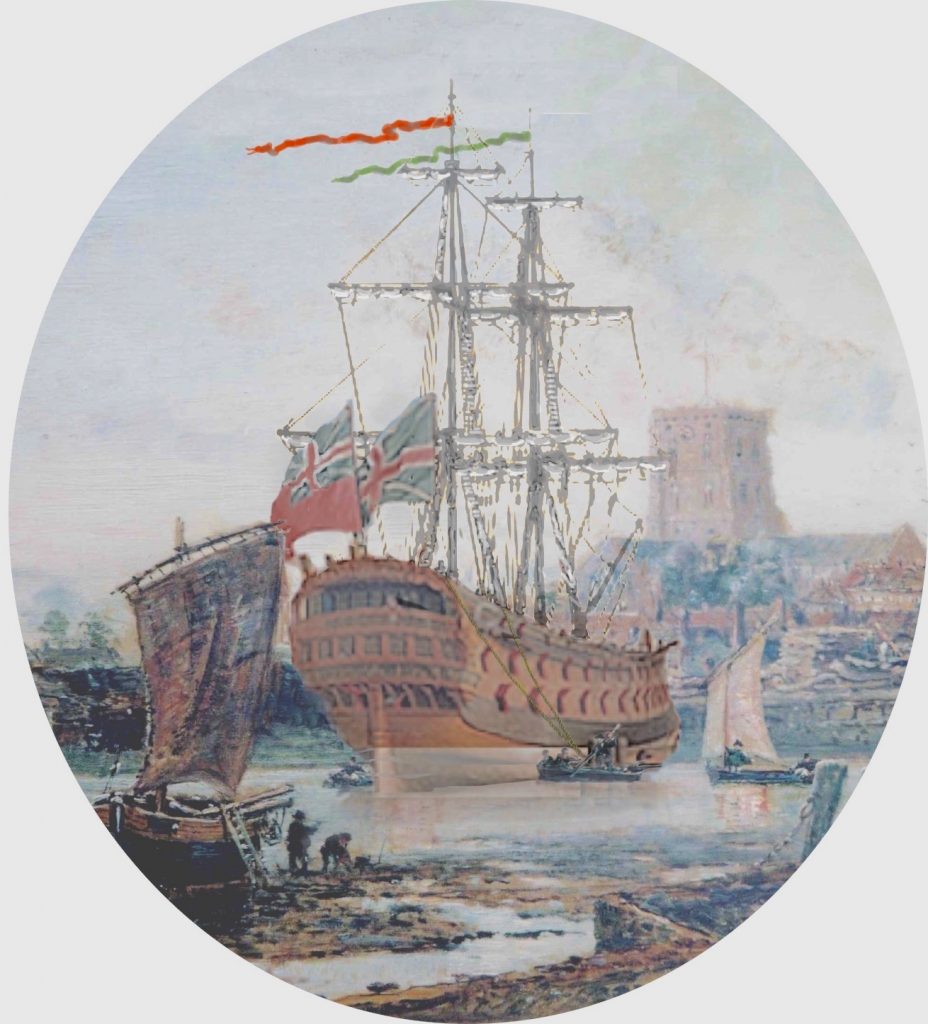


This blog contains articles and posts taken from the Shorehambysea.com Forum.


A collection from Alex Robertson. The early days of aviation at Shoreham.
For a detailed article on the earliest days of aviation at Shoreham visit here.
For a graphical timeline of the expansion of the aerodrome site visit here.

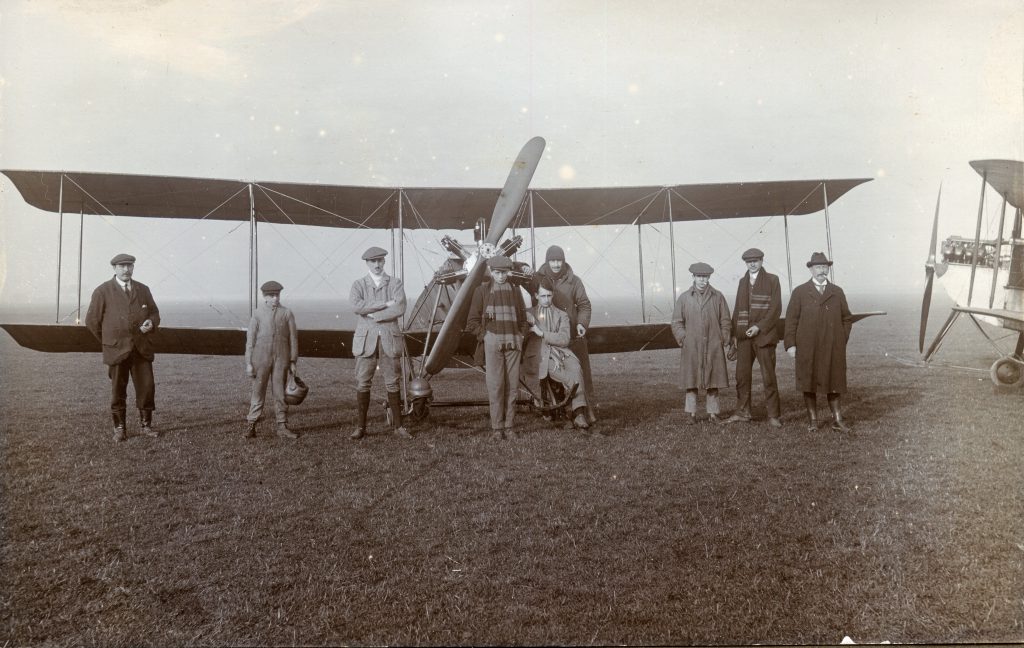
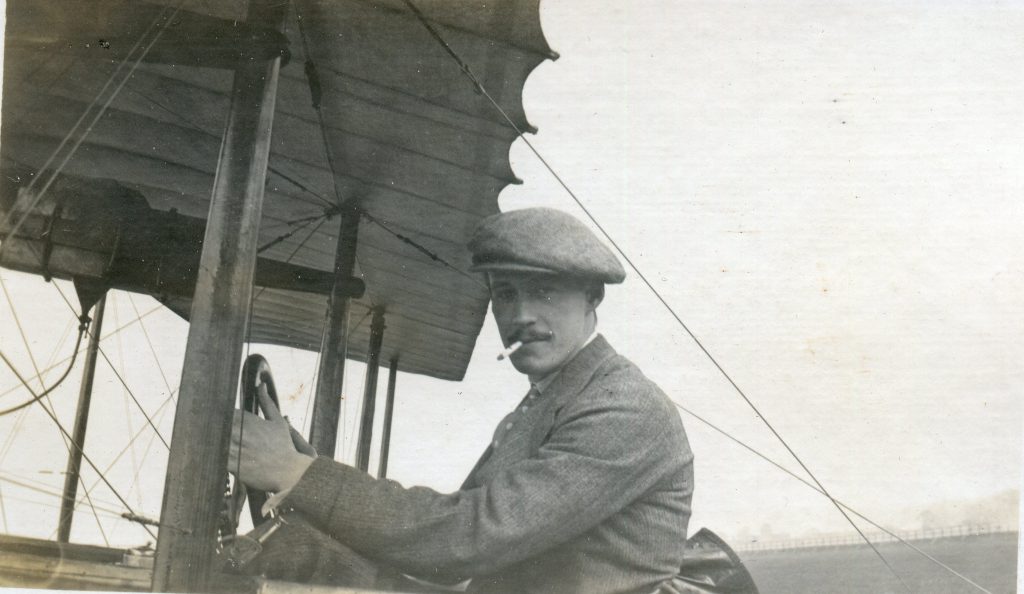


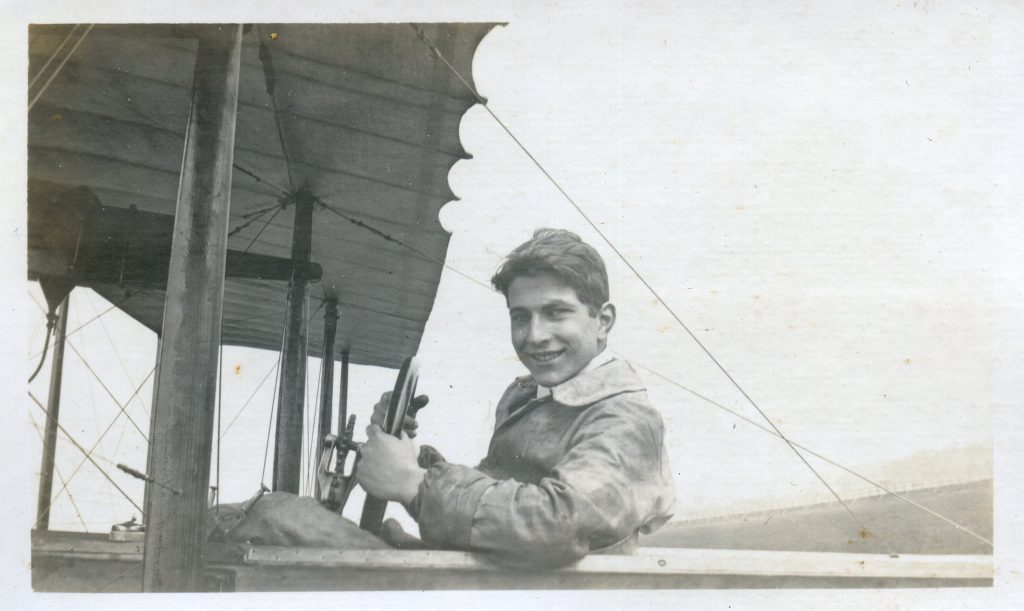

Victoria Road school has a curious history. Following the Education Act 1870, a school board for New Shoreham was established in 1872, taking over the National Schools and replacing them with a new school in Ham Road in 1875.
In 1913 £4500 was allocated to build a new school on Victoria Road. This was the preferred site to the alternative proposal between Rosslyn Road and Gordon Road. Clearance of many mature trees was required and demolition of on the site of the derelict and overgrown Swiss Gardens including removal of the walls to the “Dungeon” passageway between Victoria Road and Old Shoreham. By 1915 older children from Ham Road School went to the newly built Victoria Upper Council School.
Continue reading “Victoria Road School”Nelson writes:
Some years ago we posted what we thought may have been the top of the observatory tower (1) at Swiss Gardens. We’ve just found what may be another photo of it (2). These details from larger photos also include the catholic church so it can’t be that.

A little known story is about the demolition of the lovely old cottages in Middle Street that were replaced by today’s car park. Why just those in between other similar cottages in the street? It seems the whole row were considered then to be unfit for human habitation and, true or not, one of the criteria was said to be a lack of natural light (which of course many old buildings do suffer from). During the inspection of those in Middle Street the council official responsible for approving the demolishing had reached the cottages beyond today’s car park and, when asked if she needed the light on to be able to see, replied she could see perfectly well. In doing so she could not then condemn it and that, I am told, is why the rest survived.


“I remember one midsummer morning (during the 1860’s) when we started at six o’clock (from Saddlescombe) to explore that remote wilderness called ‘No Man’s Land’ at Shoreham – then so lonely, now so populous (known) as Bungalow Town. We crossed the old suspension bridge, our country horses shrinking from the gleaming water on either side, turned on to the beach and rode to the only building there in those days*, the now ruined fort at the harbour mouth. From this issued a number of soldiers all in the scarlet coats of the period, who stared at us as if we had been a company of ghosts.“
* Written by Maude Robinson in the 1930’s of her childhood 70 years previously who, with the passing of so much time, seems to have forgotten or missed seeing the Preventative Service Watch House, later the coastguard houses, that had been erected by 1829.

Lofty writes:
King George V was crowned in June 1911, and a grand street procession was organised which marched through the town. The two postcard views below show part of this.
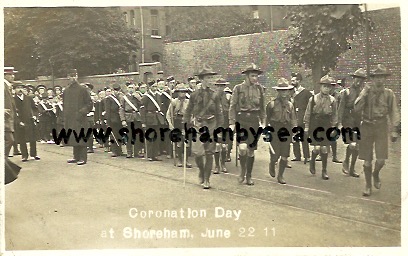
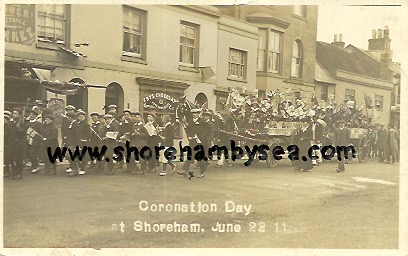
In the first photo the procession is at the west end of Ham Road, just about to turn left into Brunswick Road. The second photo shows a different section of the procession which is heading westwards along the High Street.
Nelson writes:
It’s been some time since I last saw this photo and don’t think it has ever appeared on our forum before – even if it has it is probably worth another look.
Lancing Clump in the background. Decorative board on the left probably advertising a new estate of houses and behind it the intended buildings have been staked out. In the centre is what appears to be a tractor surrounded by debris ……. until you realise the tractor has a propeller attached to it and uniformed (RAF?) men clamber on the wreckage to load broken aircraft wings on to a lorry. The aircraft looks much like an Airco DH9A used by the RAF from 1918 to 1931 that has come down in Lancing on an approach to the airport.

Lofty writes:
In the early hours of the morning on Saturday 3rd November 1923, two spritsail barges were wrecked near the harbour entrance in stormy conditions.

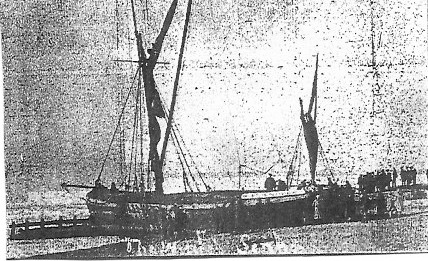

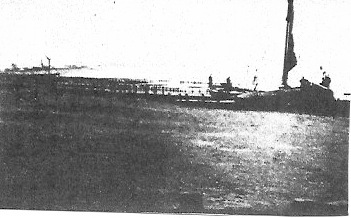

At 533 tons, length 104 feet and armed with 48 guns HMS Dover was probably the largest vessel built at Shoreham for the Royal Navy. Launched in 1653 she saw action at the Battle of Lowestoft 1665, the Four Days Battle and St. James Day Battle the following year, the Battle of Martinique 1667 and Battle of Solebay 1672. Her duties took her to the Mediterranean, Newfoundland and Ireland and during the 1690’s captured three French ships Lion Eveille, St. Antoine and Marianne as well as a privateer the Beaulieu.
